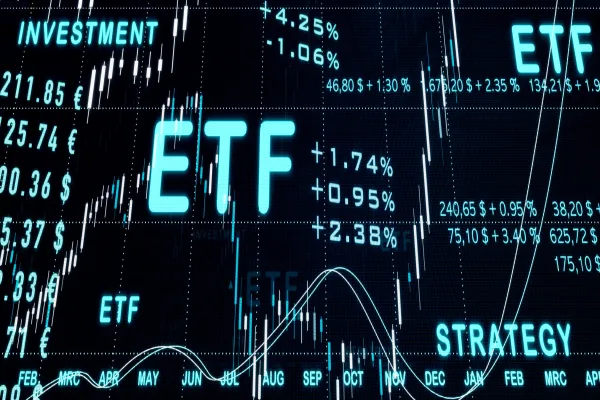The indexes that ETF providers advertise to help market their new funds are not giving investors a good indication of future performance, according to a recent study.
U.S. ETFs currently track at least 1000 indexes, more than half of which are less than six months old — too new for investors to get a feel for possible future returns. Makers of indexes often fill in the blanks with historic data on the components to produce hypothetical index performance. But a recent Vanguard study found that a large percentage of these hypothetical, back-filled indexes that had outperformed the U.S. stock market didn’t keep up after they went live as the index returns subsequently fell. What may be happening, says senior Vanguard ETF strategist Joel Dickson, is that indexes are being developed by “rearview mirror investing,” that is, through selection bias of what worked well in the past. The result can mean a nasty surprise for investors.
While 87 percent of the indexes studied by Vanguard, which manages 64 ETFs it sponsors, outperformed the broad U.S. stock market for the time in which back-filled data were used, only 51 percent did so after the index was launched, say its analysts in their paper, “Joined at the Hip: ETF and Index Development.” The title refers to the relationship that has sprung up between index providers and ETFs encouraged by a regulatory hole. The Financial Industry Regulatory Authority bars most fund owners from using back-tested data to promote their products. But index providers are not subject to that restriction. As a result, many of today’s indexes are constructed by index providers based on studies by sponsors of ETFs that will be linked to them. The sponsors then license the indexes from the providers.
That’s how fund sponsors, who once promoted actively managed funds based on the lore surrounding portfolio managers like Peter Lynch and Jeffrey Vinik of Fidelity’s Magellan fund fame, differentiate their index replication funds in a crowded ETF space. They create “ever new, ever more unique indexes” with new performance characteristics attributed to any number of weighting methodologies, dividend performance or price earnings ratios for example, says Dickson. His researchers counted 20 different weighting methods and 27 different selection criteria for indexes currently seeking to be tracked.
It’s hard for investors to know which indexes are built on historic data instead of live returns since the inception date they see on sites like Morningstar can include a back-filled period that isn’t readily apparent. The analysts in Vanguard’s Investment Strategy Group had to dig into footnotes in some index provider’s fact sheets to gather all the data to analyze their sampling of 370 indexes. Some 219 of the indexes they screened had no historical data whatsoever. The indexes they selected had to have at least six months of actual data in the period from 2000 through 2011.
Back-filled index funds attract on average twice the cash flow in the initial launch phase than funds with new indexes that don’t have such data, indicating that the availability of a track record makes the fund more attractive — even if it probably won’t last. In other words, the study suggests we always like a winner, even if the race may be over when we arrive.
“I don’t know about you,” quips Dickson, “but if I drove a car using the rearview mirror, I’d probably hit a wall. Investors need to be aware of the presence and possible shortcomings of back-filled performance information and account for it accordingly.”






